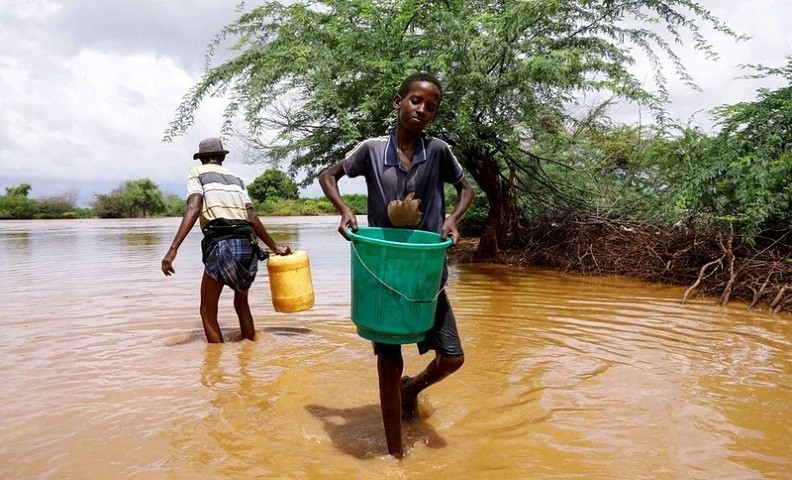In the latest Global Debt Report, the WB stated that, in the context of the sharpest increase in global interest rates over the past 40 years, debt payments in 2022, both principal and interest, increased by 5% compared to the 2021 level, to a record of 443.5 billion USD.
The WB estimated that payments could increase by 10% in 2023-2024. Worryingly, the 75 poorest countries are hit hardest, with foreign debt payments reaching 88.9 billion USD in 2022 and likely to increase by 40% between 2023 and 2024. Interest payments alone have increased fourfold since 2012, to 23.6 billion USD.
According to a report by the non-governmental organisation Oxfam, some of the poorest countries in the world are at risk of cutting their budgets by about 220 billion USD in the next five years due to the debt crisis.
Low-income and below-middle-income countries must repay nearly 500 million USD in principal and interest daily until 2029. The amount of debt repayments for the poorest countries is four times higher than the amount spent on healthcare.
Meanwhile, countries that deferred principal and interest payments under the Debt Service Suspension Initiative (DSSI), introduced during the COVID-19 pandemic, now face additional costs, as these payments are due.
Private capital has withdrawn from developing countries due to rising interest rates in developed economies. Private creditors have recovered more principal than the amount disbursed for new loans, marking the first time this happened since 2015.
Record debt levels have pushed many countries to the brink of crisis while interest rates remained high, causing more developing countries to fall into debt-related difficulties.
In the past three years, there have been 18 government defaults in 10 countries, more than the total number of similar cases in the previous 20 years. One in four developing countries cannot currently participate in international capital markets.
The proportion of export revenue devoted to debt repayment is currently at the highest level ever, which is worrying when just one shock can push some countries into crisis.
About 60% of low-income countries have been or are at risk of being under pressure due to debt. In particular, African countries face the risk of “another decade of directionlessness” when the continent has no longer grown in per capita income since 2014.
The fact that underdeveloped countries are drowning in debt makes it difficult for these countries to achieve the Sustainable Development Goals (SDG) by 2030.
Faced with the current critical situation, WB Chief Economist Indermit Gill said that debtors and creditors, both State and private, and multilateral financial institutions, need to coordinate and act quickly to increase transparency, develop sustainable lending tools and accelerate the debt restructuring process.
There are growing calls to reform the international financial structure and how organisations such as the WB and the International Monetary Fund (IMF) provide support.
Oxfam has called on the IMF and WB to create a more equitable system, such as fair taxation for the rich, instead of focusing only on debt restructuring measures and spending cuts.
International creditors and developed countries must share the debt burden through debt relief and increased financial support for developing countries facing major economic crises.
















